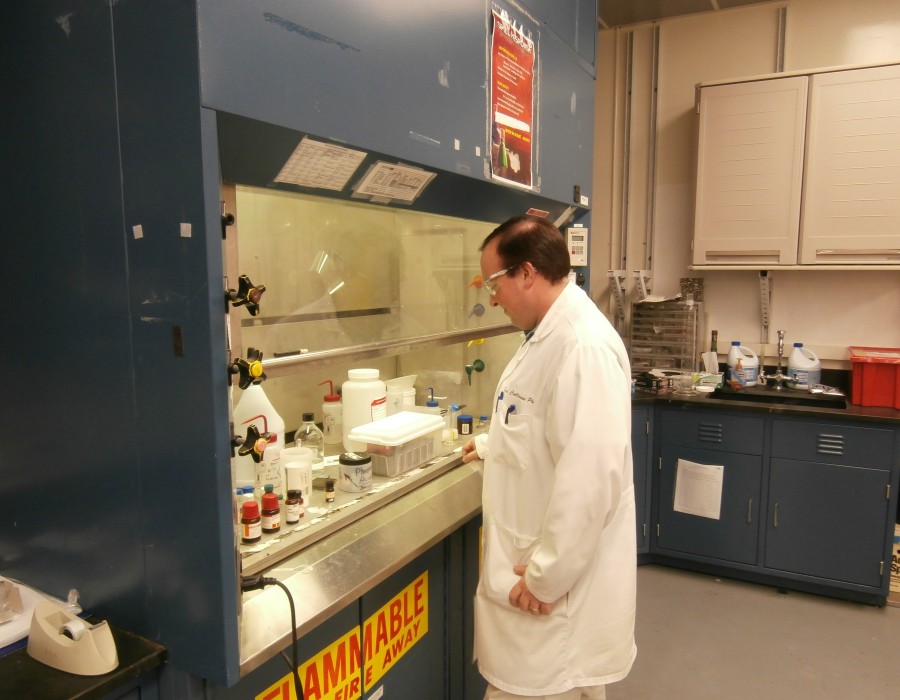Chemical reactions are at the heart of numerous industrial processes, driving innovation and productivity. However, these reactions can also pose significant risks to personnel and facilities if not properly managed. Chemical reaction hazard assessment is paramount for protecting your team and facility from potential accidents and ensuring a safe working environment. Incorporating Safety Management Consulting into your hazard assessment process can provide valuable expertise and guidance in developing robust safety protocols. This article explores the importance of hazard assessment and provides practical strategies for effective risk mitigation.
Understanding Chemical Reaction Hazards
Chemical reaction hazards encompass a wide range of potential dangers, including fires, explosions, toxic releases, and chemical spills. These hazards can arise from factors such as:
- Reactive Chemicals: Substances that can undergo rapid or uncontrolled reactions.
- Exothermic Reactions: Processes that release significant heat, potentially leading to thermal runaway.
- Incompatibilities: Unintended interactions between chemicals that result in hazardous conditions.
- Pressure Buildup: Reactions that generate gases, causing pressure to accumulate in vessels or systems.
Importance of Hazard Assessment
Conducting thorough hazard assessments is essential for several reasons:
- Personnel Safety: Identifying and mitigating hazards protects workers from exposure to harmful substances and prevents injuries.
- Facility Protection: Preventing accidents such as fires and explosions safeguards equipment, infrastructure, and the environment.
- Regulatory Compliance: Adhering to safety regulations and standards ensures legal compliance and operational integrity.
- Risk Management: Assessing and addressing potential risks minimizes the likelihood of incidents and their associated costs.
Key Strategies for Effective Hazard Assessment
1. Hazard Identification
Identify potential hazards by:
- Reviewing Safety Data Sheets (SDS) for chemicals used in processes.
- Analyzing chemical properties, reactivity, and compatibility.
- Consulting relevant literature and databases for information on known hazards.
2. Risk Evaluation
Assess the risks associated with identified hazards by:
- Conducting qualitative risk assessments to categorize risks based on severity and likelihood.
- Utilizing quantitative risk assessment (QRA) methods to quantify the probability and consequences of potential incidents.
- Performing Hazard and Operability Studies (HAZOP) to systematically examine processes and identify potential hazards.
3. Mitigation Measures
Implement measures to mitigate identified risks, including:
- Modifying process designs to eliminate or minimize hazards where feasible.
- Installing engineering controls such as ventilation systems, containment barriers, and pressure relief devices.
- Establishing administrative controls such as standard operating procedures (SOPs), training programs, and emergency response plans.
- Providing appropriate personal protective equipment (PPE) to minimize exposure risks.
Advanced Tools and Technologies
Leverage advanced tools and technologies to enhance hazard assessment capabilities:
- Utilize process safety management software for data management and risk analysis.
- Employ analytical instruments such as gas chromatography and mass spectrometry for chemical analysis.
- Implement computational modeling techniques like computational fluid dynamics (CFD) for simulating reaction behavior.
Regulatory Compliance
Ensure compliance with relevant safety regulations and standards, including:
- Adhering to OSHA Process Safety Management (PSM) standards for managing hazards associated with highly hazardous chemicals.
- Implementing EPA Risk Management Plan (RMP) requirements for facilities handling hazardous substances.
- Following international standards such as ISO 45001 for occupational health and safety management systems.
Training and Education
Provide comprehensive training and education to personnel to enhance hazard recognition and safe handling practices:
- Conduct regular training programs on chemical hazards, safety procedures, and emergency response protocols.
- Ensure all personnel are proficient in the use of PPE and understand their roles and responsibilities in maintaining a safe workplace.
Conclusion
Chemical reaction hazard assessment is essential for protecting your team and facility from potential accidents and ensuring a safe working environment. By following systematic approaches to hazard identification, risk evaluation, and mitigation, organizations can effectively manage the risks associated with chemical reactions. Leveraging advanced tools, ensuring regulatory compliance, and providing comprehensive training further enhance workplace safety. Prioritizing chemical reaction hazard assessment demonstrates a commitment to personnel safety, facility protection, and regulatory compliance, ultimately fostering a culture of safety and operational excellence.





Comments